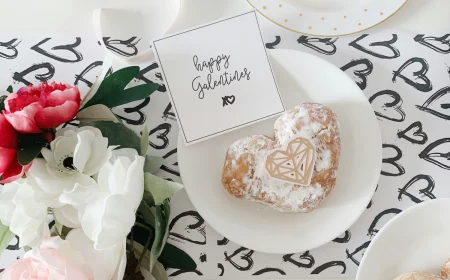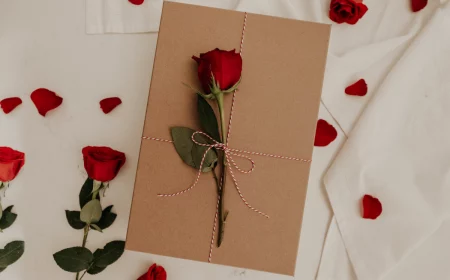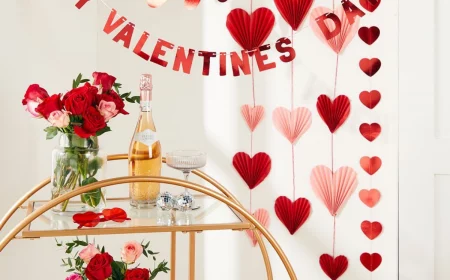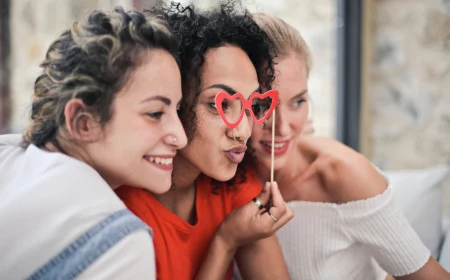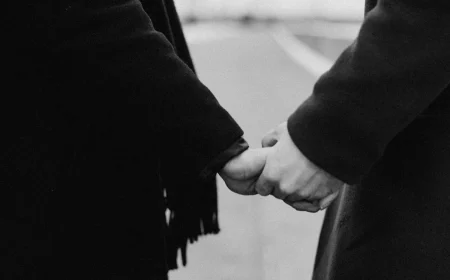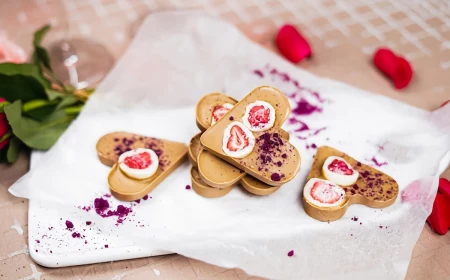The Real Deal on Roses: How to Pick a Bouquet Like a Pro
I’ve been a florist for what feels like a lifetime, and I’ve seen flowers for just about everything. First-date jitters, wedding vows, quiet apologies… you name it. And through it all, no flower carries more weight or has more potential for a mix-up than the classic rose. It’s so much more than just “red is for love” and “yellow is for friendship.” The real message is in the shade, the health of the bloom, and even where you buy it.
In this article
- First Things First: Where Are You Buying Your Roses?
- How to Spot a Healthy Rose (The Pro’s Checklist)
- The Secret to Making Roses Last: My 4-Step Pro Method
- Floral ER: What to Do When Roses Start Drooping
- Decoding the Colors: Beyond the Obvious
- Red Roses: Passion, Respect, and… Price Points
- White Roses: Purity, New Beginnings, and a Gentle Touch
- Yellow Roses: Friendship, Joy, and a Quick History Lesson
- Pink Roses: Gratitude, Grace, and the Safest Bet
- Orange Roses: Enthusiasm, Desire, and Energy
- Lavender Roses: Enchantment and Love at First Sight
- Green Roses: Harmony, Fortune, and Modern Texture
- A Heads Up on “Unnatural” Roses
- Putting It All Together: Speaking in Bouquets
- One Last Thing: Pet Safety
- Inspiration:
I’ll never forget the young guy who rushed into my shop, desperate to apologize to his girlfriend. He grabbed a bunch of yellow roses, thinking he was sending a humble, friendly message. But her grandmother, who had more traditional roots, saw yellow roses and immediately thought of their old-school meaning: jealousy. Yikes. That apology didn’t start off so well. It was a perfect lesson: context is everything. This guide is built on moments like that—to help you pick the right rose with total confidence.

First Things First: Where Are You Buying Your Roses?
Before we even talk color, let’s talk source. Honestly, where you buy your roses has a huge impact on quality and cost. Think of it as a “Good, Better, Best” scenario.
- Good: The Grocery Store. This is your budget-friendly option, maybe $15 to $25 for a dozen. It’s convenient, but it’s a gamble. These roses are often shipped dry and handled by staff who aren’t floral experts. You might get lucky, but you also might get roses that will droop in a day. You have to be your own quality inspector here.
- Better: Online Delivery Services. Super convenient, and the variety is massive. Prices are all over the map, from $50 to well over $150. The downside? You can’t see or touch what you’re sending. You’re trusting a photo, and sometimes the reality doesn’t quite match up.
- Best: Your Local Florist. Okay, I’m biased, but for a reason! This is where you get expertise. We know our growers, we condition our flowers properly, and we can guide you. Yes, it’s more expensive—a beautifully arranged dozen might start around $75 and go up from there—but you’re paying for quality, artistry, and flowers that will actually last.
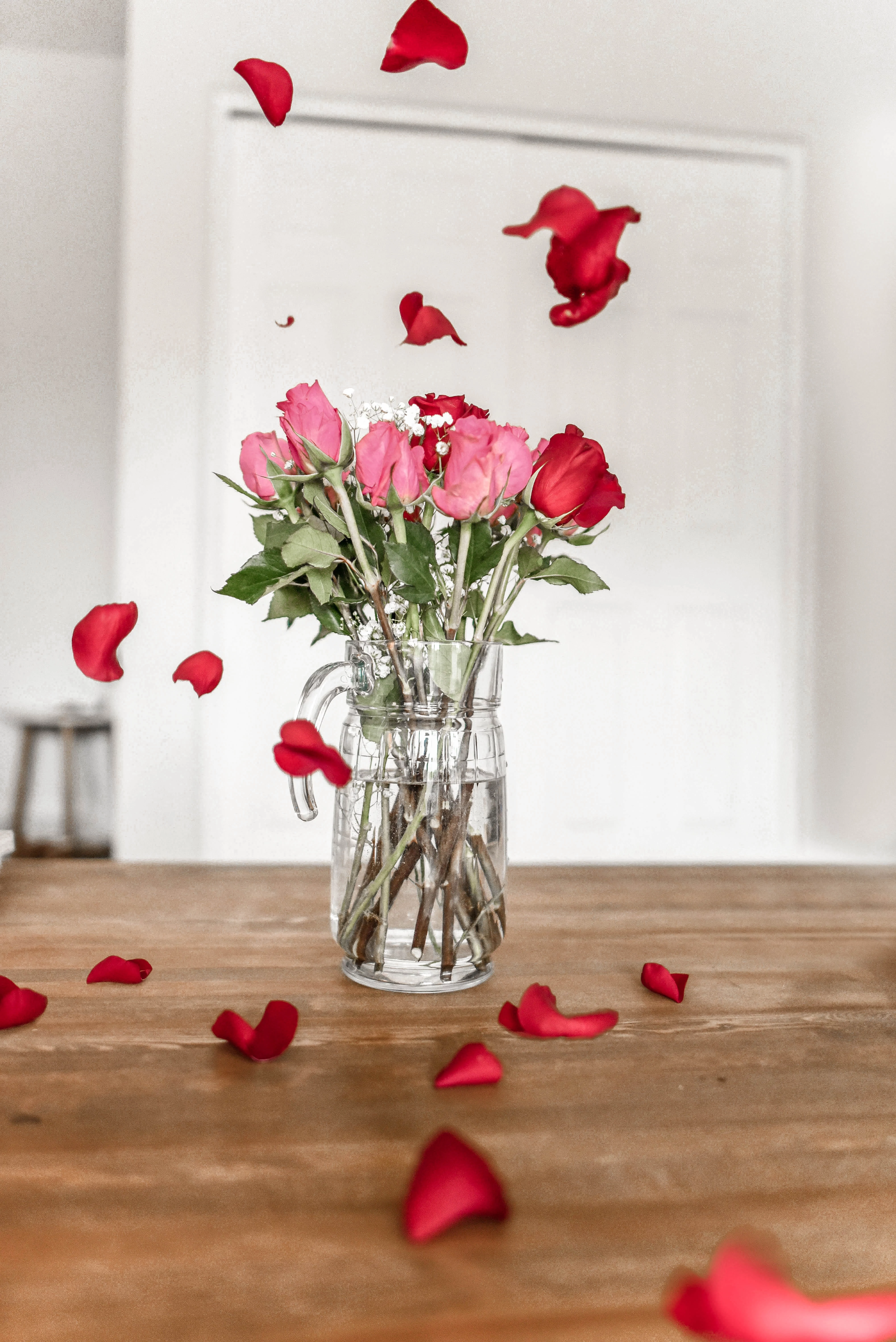
How to Spot a Healthy Rose (The Pro’s Checklist)
When I’m at the wholesale market at the crack of dawn, I’m not just looking at pretty colors. I’m giving each bunch a physical. Here’s what I look for, and what you should too:
Gently squeeze the base of the rose head, right where the petals meet the stem. It should feel firm and solid. If it’s squishy, that rose is old news. Pass on it.
You might see some brownish or wilty-looking outer petals. Don’t panic! These are called “guard petals,” and they’re left on purpose to protect the delicate inner bloom during shipping. A good florist will pluck these off right before arranging. They’re a sign of a fresh, well-traveled rose, not a bad one.
Now, look at the leafy green part right under the bloom—that’s the calyx. It should be green and perky, pointing up or straight out. If it’s yellowing or drooping down, the rose is past its prime. The stem should also be thick, firm, and a healthy green, with crisp, dark green leaves.
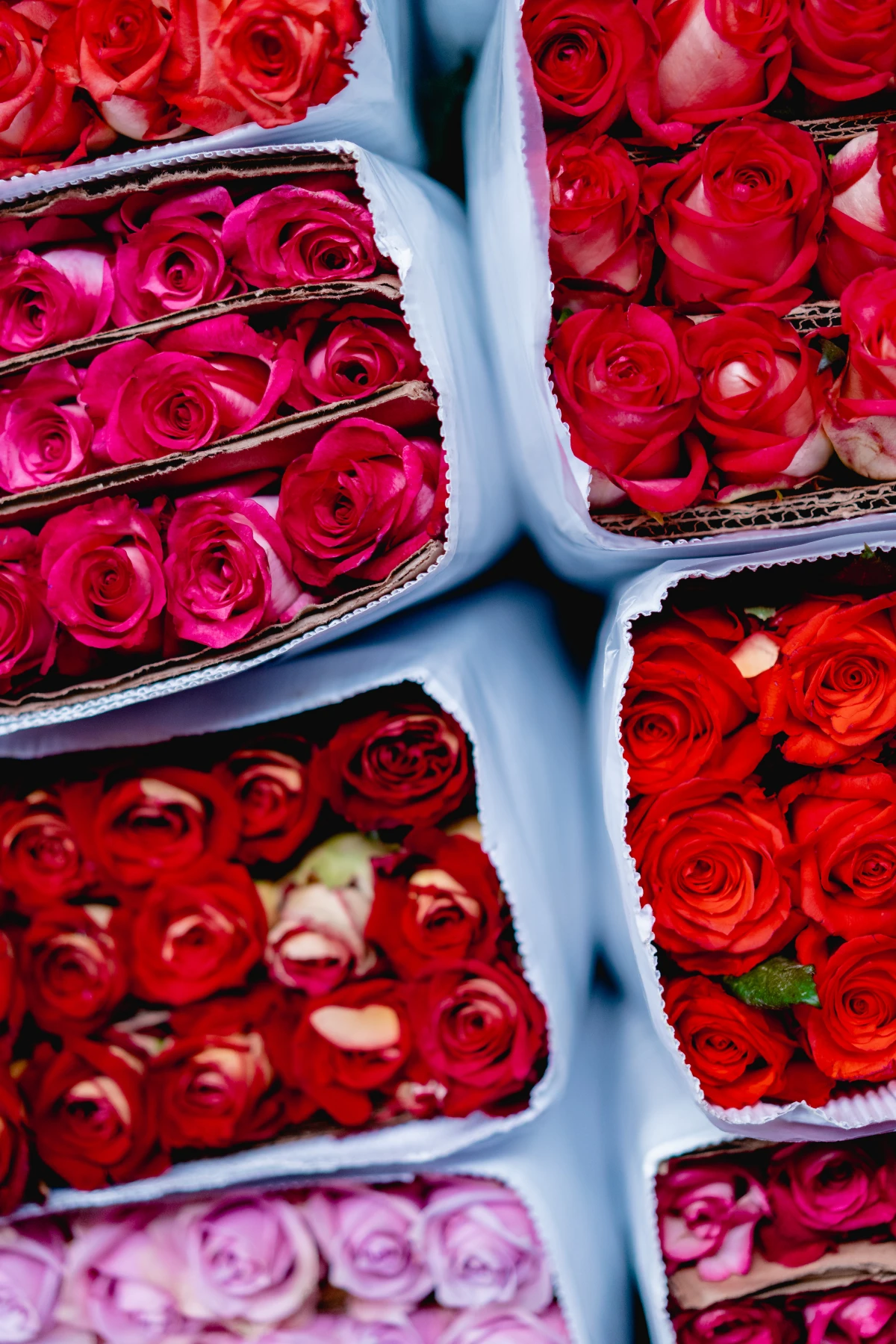
The Secret to Making Roses Last: My 4-Step Pro Method
So you’ve got your beautiful roses. Now what? You have to keep them alive! We call this “conditioning” in the biz, and it can add days to their life. It’s a non-negotiable step for us.
Here’s the exact process I teach my apprentices. It only takes five minutes.
- Prep Your Vase: Make sure it’s sparkling clean. Any lingering bacteria will kill your flowers fast. A drop of bleach and a good scrub does the trick.
- Strip the Lower Leaves: Pull off any leaves that will sit below the waterline in the vase. Submerged leaves rot quickly, creating a bacteria-fest that clogs the stems.
- Make a Fresh Cut: Use sharp floral shears or a knife—never dull kitchen scissors, which crush the stem’s water-drinking cells. Cut at least an inch off the bottom at a 45-degree angle. Why the angle? It creates more surface area for water to get in and stops the stem from sitting flat on the bottom of the vase.
- Use Lukewarm Water & Flower Food: Ice-cold water can shock the flower. And definitely use that little packet of flower food! It’s not a gimmick. It’s a perfect mix of sugar (energy), a biocide (to kill bacteria), and an acidifier (to help the stems drink).
Oh, and one of the biggest mistakes people make? Forgetting to change the water. It gets gross fast. Top it off daily and try to completely change it every two days.
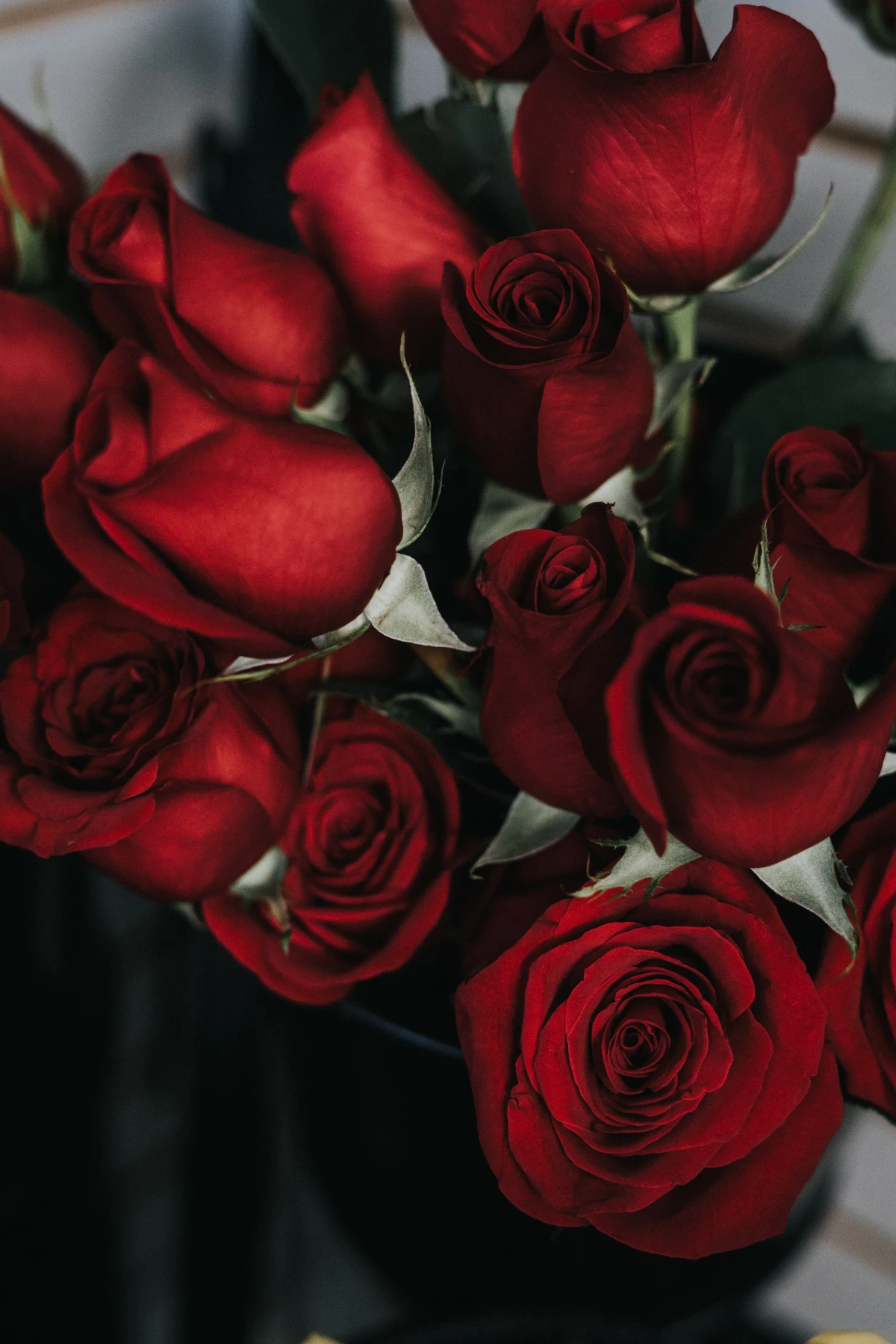
Floral ER: What to Do When Roses Start Drooping
Ever had your roses look great on day one and then suddenly sad and droopy on day two? It happens. It usually means an air bubble got trapped in the stem, blocking water.
Quick tip: You can try to revive them. Re-cut the stems at an angle (underwater if you can, to prevent a new air bubble) and then place the roses in a clean vase of fresh, lukewarm water. For a more dramatic intervention, some pros will even submerge the entire rose—stem, head, and all—in a sink of lukewarm water for about 30 minutes. It can sometimes work wonders.
Decoding the Colors: Beyond the Obvious
Alright, let’s get to the fun part—the colors. But we’re going to look at them with a bit more nuance.
Red Roses: Passion, Respect, and… Price Points
Red is the undisputed king of romance. It’s a powerful, clear “I love you.” But the shade matters. A bright cherry red is passionate and exciting. A deeper, darker burgundy speaks to a more established, confident love.
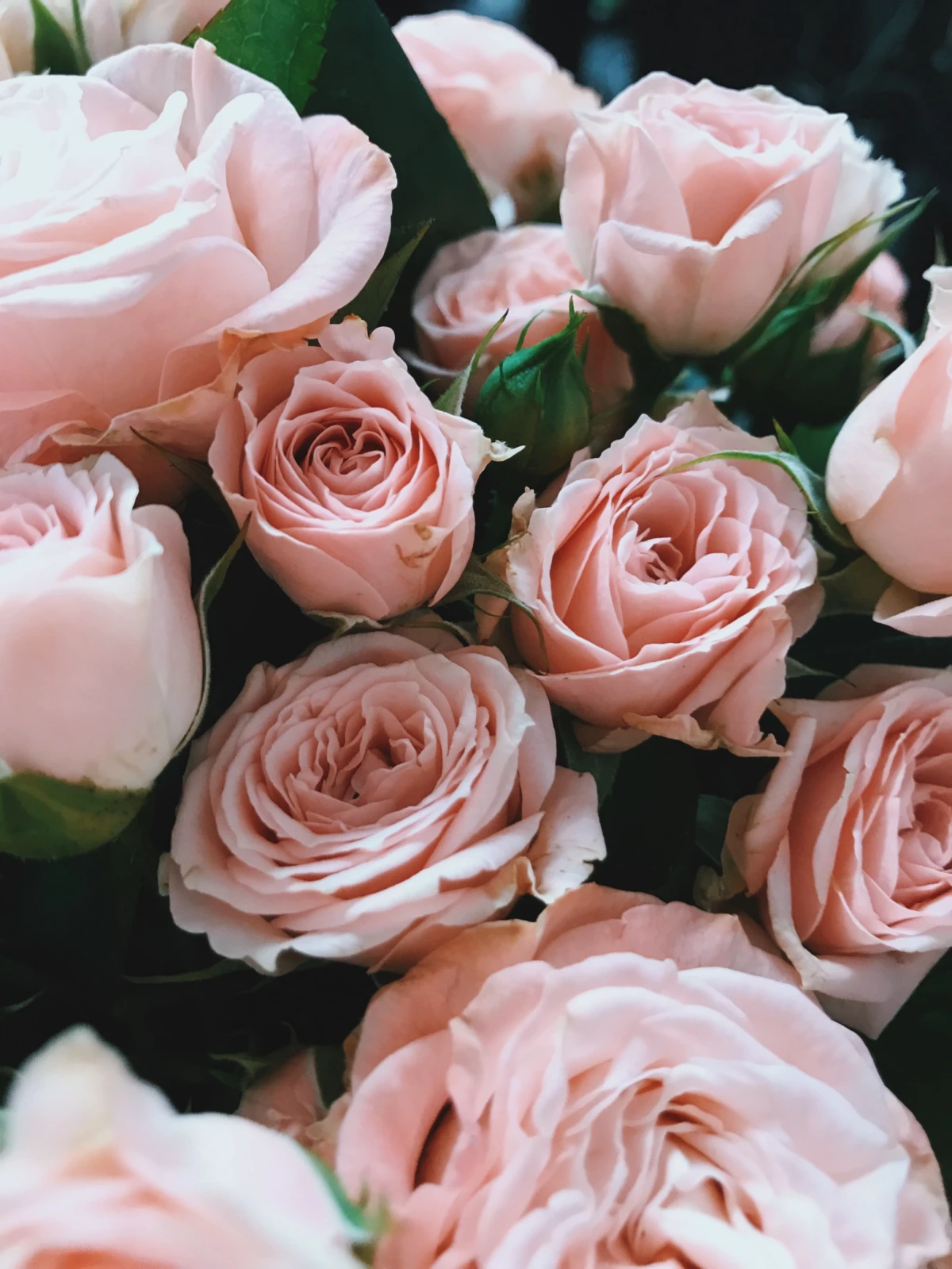
Pro Insight: In the shop, we carry different red varieties because they have different personalities. A standard, workhorse red rose is beautiful and has a great vase life. But for a little more, you can get a premium variety with a much higher petal count that opens into a stunning, dramatic cup shape. For perspective, a dozen standard reds might run you $75 at a florist, while a dozen of the more luxurious, ruffly kind could be closer to $95. You’re paying for that ‘wow’ factor. A word of caution, though: a dozen red roses can be intense for a new relationship. Sometimes a single, perfect red rose is a more sincere and less overwhelming gesture.
White Roses: Purity, New Beginnings, and a Gentle Touch
White roses are all about elegance. They represent purity and new beginnings, which is why they’re a wedding staple. They also convey sympathy and remembrance. An ivory or cream-colored rose softens the message, suggesting thoughtfulness and grace.
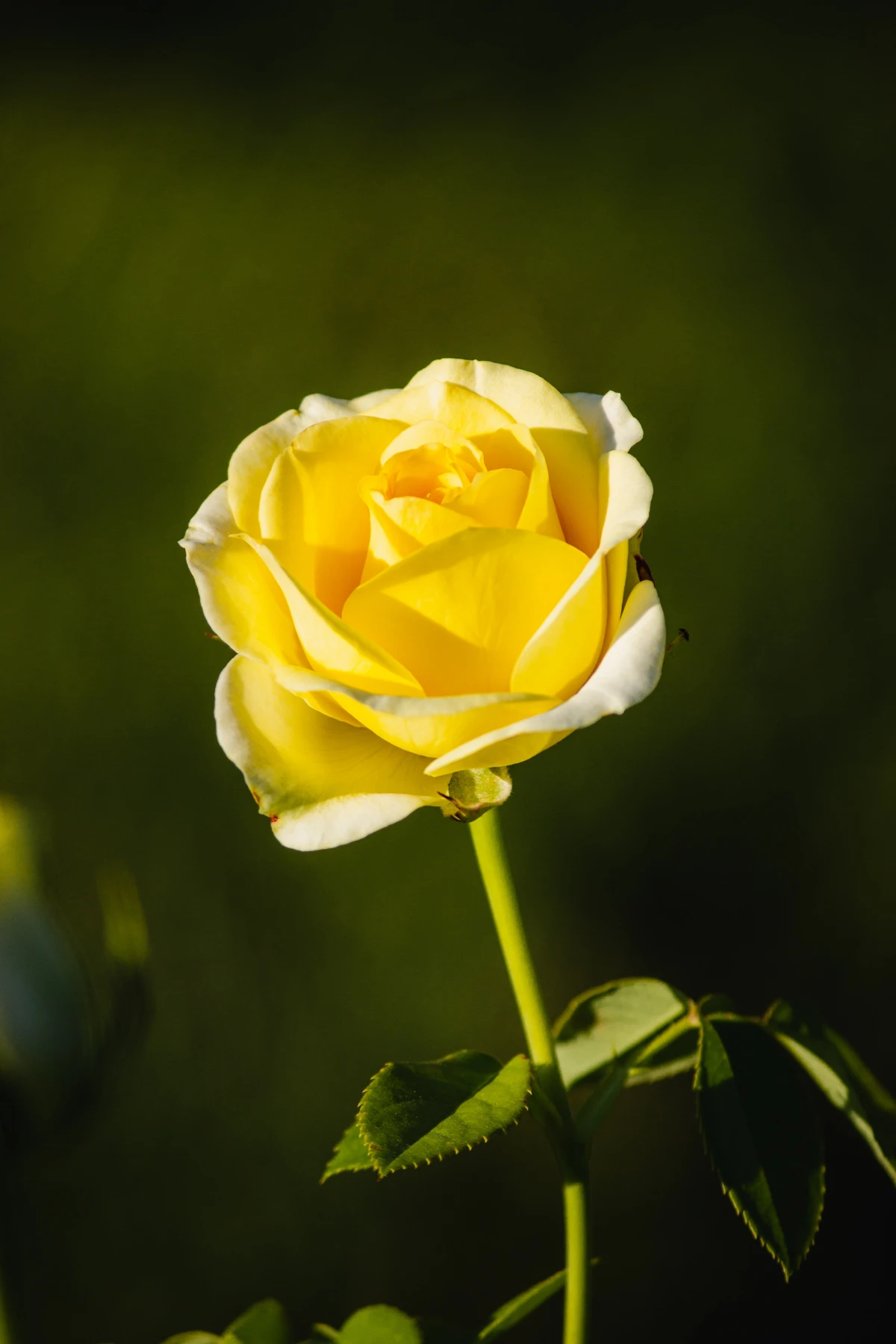
Pro Insight: White roses are notoriously delicate. Their petals bruise if you just look at them wrong! I’ve had to do last-minute surgery on bridal bouquets because someone handled the blooms too roughly. When you give white roses, the card message is extra important. A bouquet for a graduation says “Congrats on your new beginning,” while the same bouquet after a loss says “I’m thinking of you.”
Yellow Roses: Friendship, Joy, and a Quick History Lesson
Yellow roses are pure sunshine. They mean friendship, joy, and caring, with zero romantic subtext. They’re the perfect “thank you” or “get well soon” flower. But remember my story about the botched apology? In some traditional circles, yellow roses once meant jealousy. While that meaning is almost completely gone today, it’s a fun fact to keep in your back pocket.
Pink Roses: Gratitude, Grace, and the Safest Bet
Pink is the most versatile rose color. It covers everything from simple appreciation to budding romance. A light pink suggests sweetness and admiration—perfect for a daughter or a mentor. A hot pink shouts “Thank you!” with genuine enthusiasm. Honestly, when a customer is totally lost, I often steer them toward pink. It’s pretty hard to misinterpret.

Orange Roses: Enthusiasm, Desire, and Energy
Orange is the fiery bridge between yellow’s friendship and red’s passion. It screams enthusiasm and fascination. It’s a bold, energetic color that says, “I’m so excited about this!” Coral, which is a pinkish-orange, leans even more toward desire and budding romance.
Lavender Roses: Enchantment and Love at First Sight
Lavender roses are just plain magical. Their unique color immediately signals enchantment and love at first sight. They also have a vibe of royalty and splendor. Because they are the result of extensive cross-breeding, they can be a bit more expensive and sometimes have a shorter vase life, making them a true luxury item.
Green Roses: Harmony, Fortune, and Modern Texture
Green roses are subtle and sophisticated. They symbolize harmony, rejuvenation, and good fortune. They don’t have much of a fragrance, but they last an incredibly long time in a vase. In arrangements, I use them to add a modern, natural texture that shows you’re thinking beyond just color.
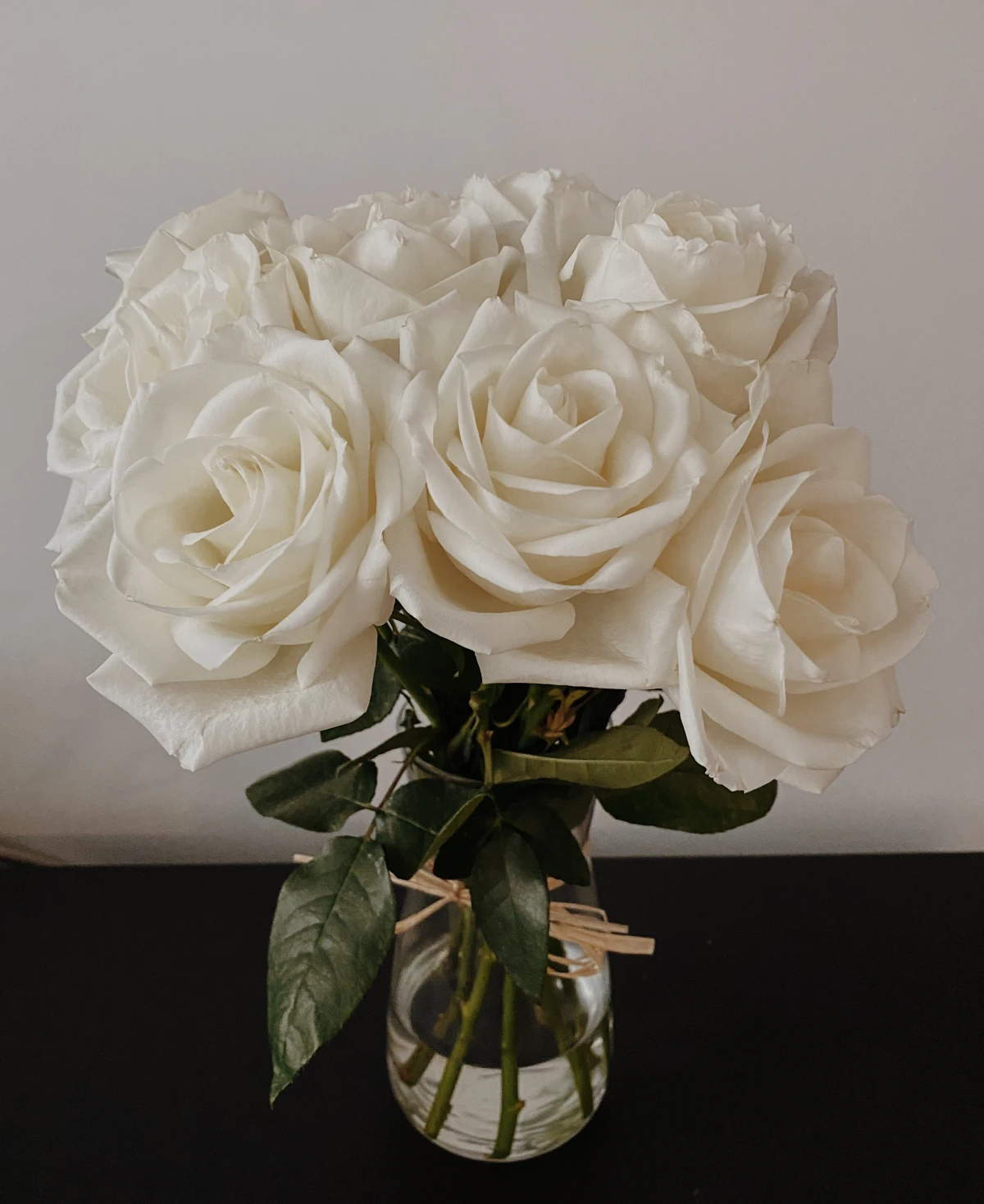
A Heads Up on “Unnatural” Roses
What about blue or black roses? It’s crucial to know that true blue and black roses don’t exist in nature. They are dyed. A white rose is typically placed in water with floral dye, which it then “drinks,” coloring the petals from the inside out. Blue often symbolizes mystery or the unattainable, while black can mean farewell or even gothic romance.
Quick tip: Be transparent about this! The dye can sometimes bleed if it gets wet, and it can stain clothes or furniture. And did you know the dye can even change the color of the water in the vase? It’s a dead giveaway that your rose got its color from a bottle.
Putting It All Together: Speaking in Bouquets
Combining colors lets you send an even more specific message. It’s like going from a single word to a full sentence.
- Red and White: A classic for a reason. This combo symbolizes unity and is perfect for celebrating a passionate, pure partnership.
- Yellow and Red: This joyful mix is all about happiness, and it’s a great way to say that a friendship is blossoming into love.
- Pink and White: A gentle and innocent message of gratitude and admiration. This is a perfect gift for a new mother.
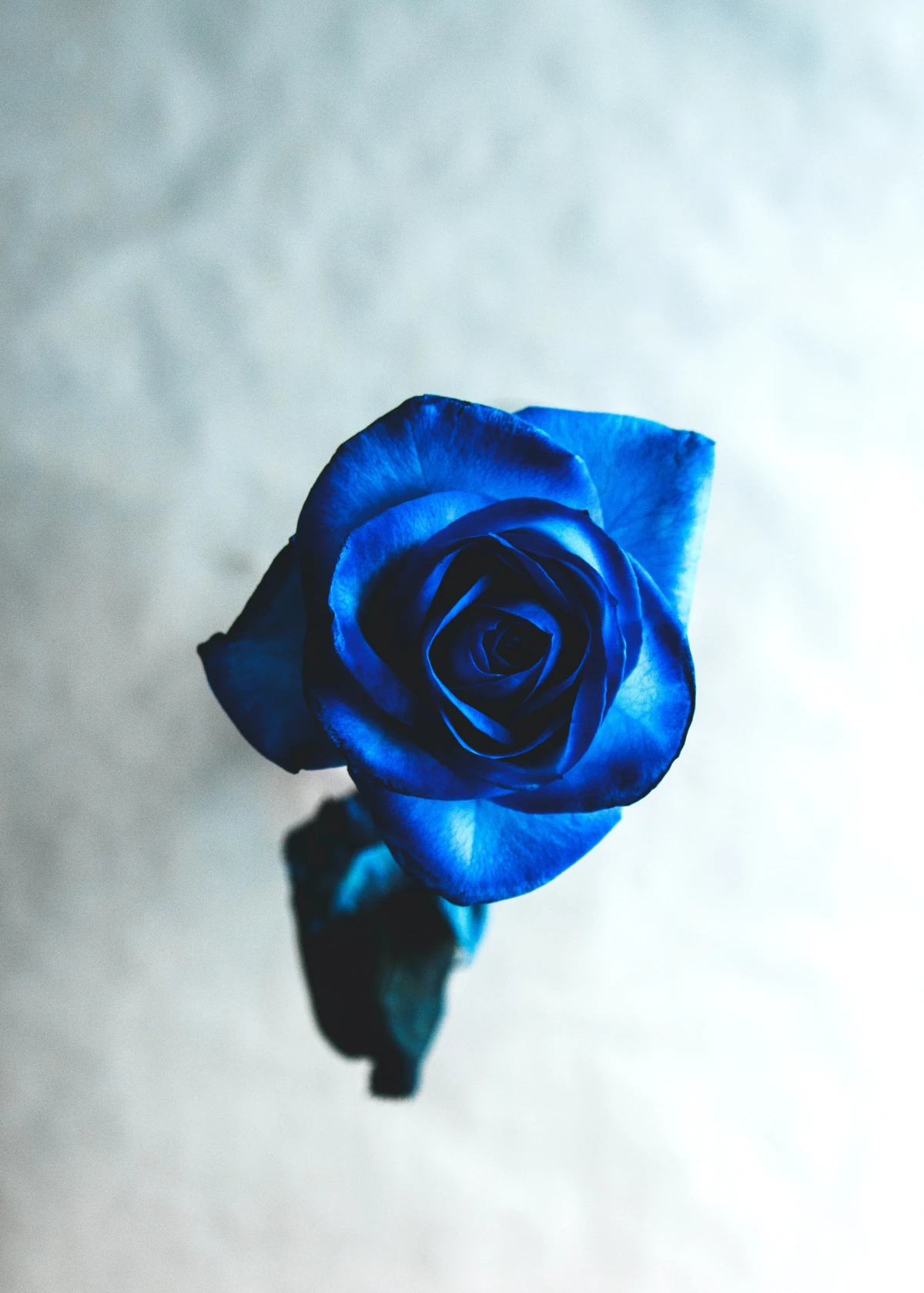
One Last Thing: Pet Safety
This is so important. Roses themselves are non-toxic to cats and dogs. However, many common filler flowers and greens used in bouquets are NOT. Lilies are extremely toxic to cats, and even baby’s breath can cause stomach issues.
To be safe, either give a bouquet of only roses or specifically ask your florist for a pet-safe arrangement. Good to know: Safe filler options include solidago, waxflower, and snapdragons. A good florist will know exactly what to do.
At the end of the day, choosing a rose is an act of communication. By understanding these little details, you’re not just giving flowers—you’re sending a thoughtful, heartfelt message. And that’s what it’s all about.
Inspiration:
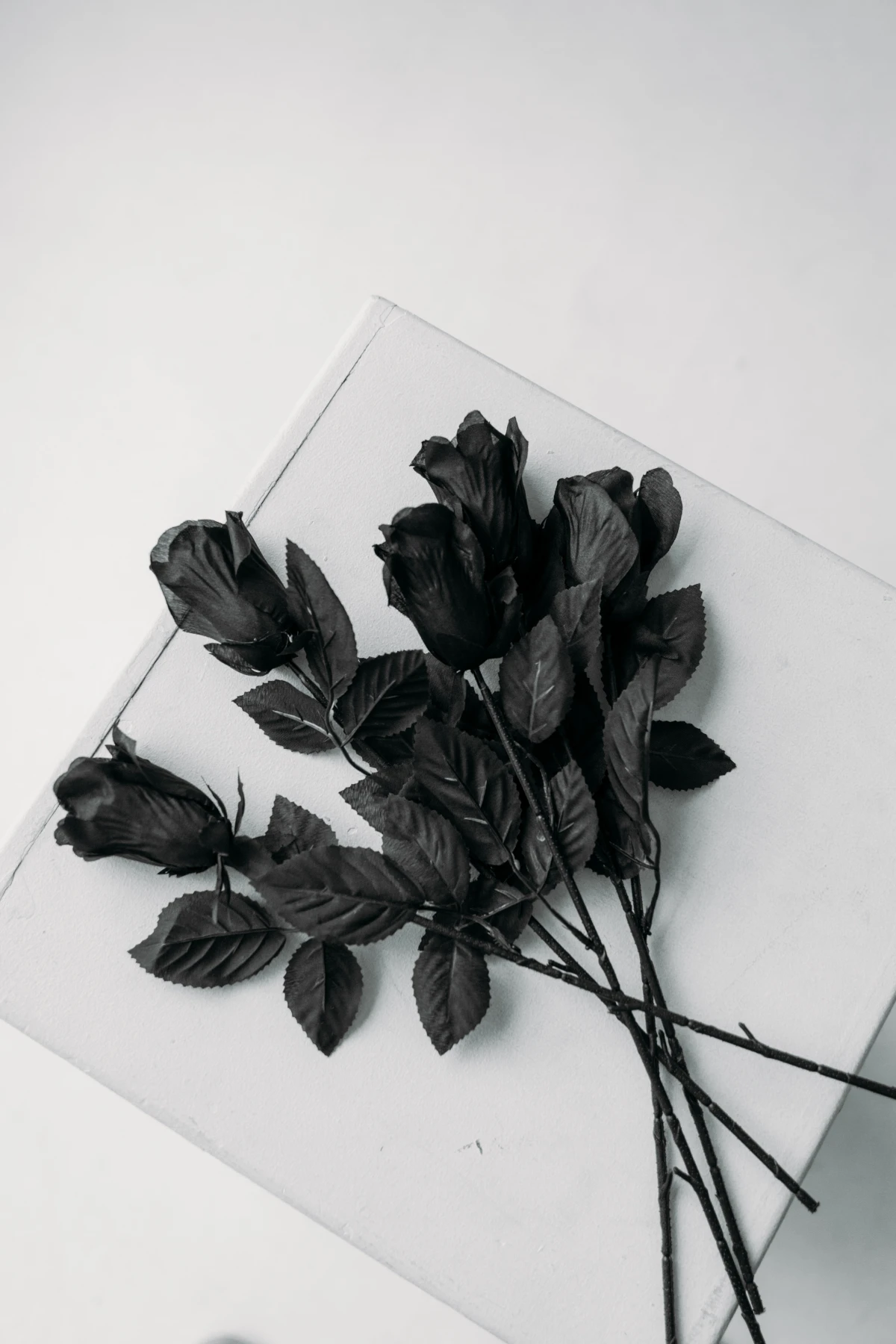
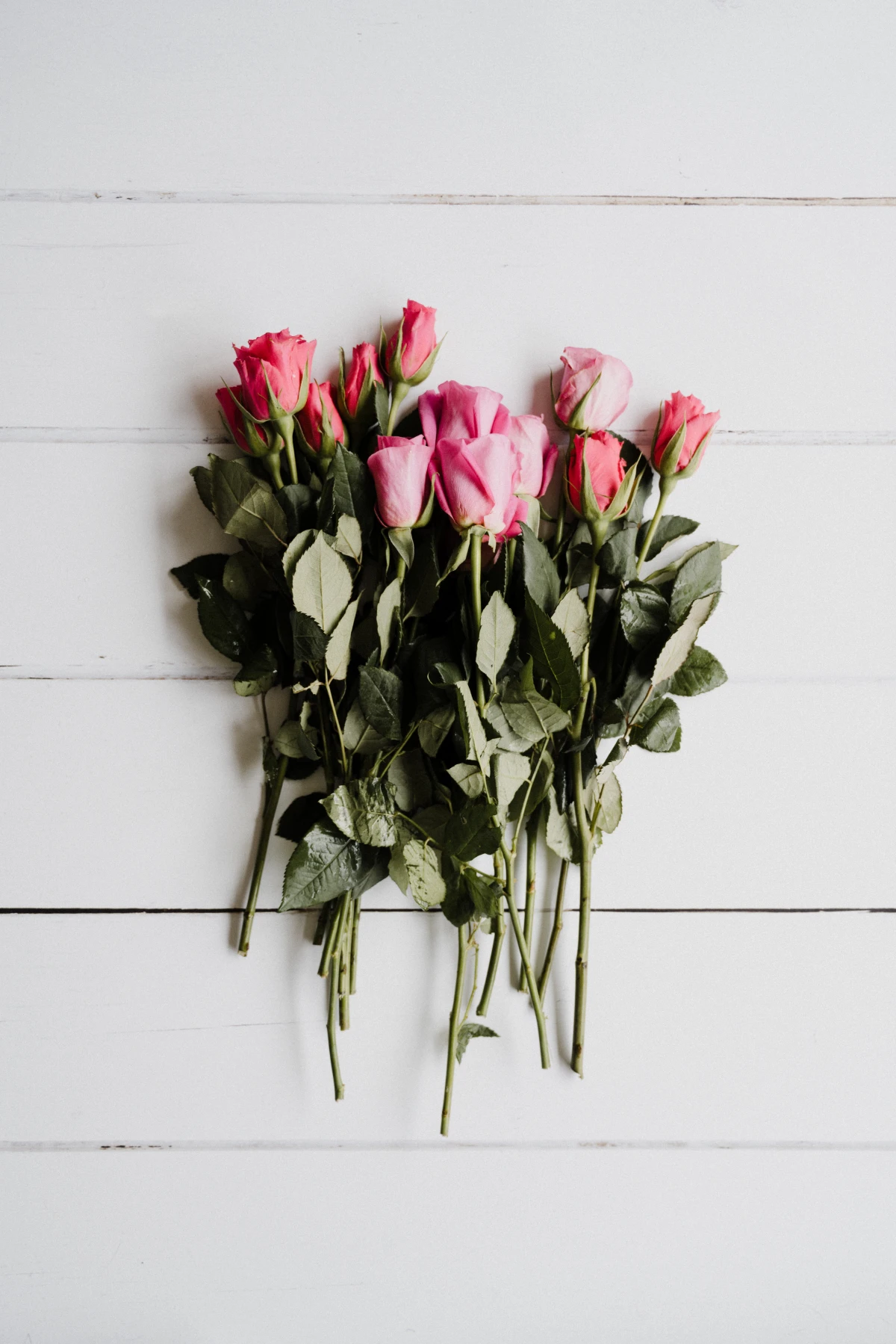
The allure of the black rose is undeniable, but is it a product of nature or fantasy?
While a true, jet-black rose doesn’t exist in nature, florists achieve the look with incredibly deep-hued varieties. The famous ‘Black Baccara’ rose, for example, is a dark crimson with velvety petals that absorb so much light they appear black. Far from their old gothic associations with farewells, today they symbolize mystery, elegance, and even the start of a bold new chapter, making a powerful and sophisticated statement.
That stunning bouquet deserves more than a couple of days in the spotlight. To truly maximize its lifespan, a little post-purchase care goes a long way. The secret isn’t just fresh water.
- Trim about an inch off the stems at a 45-degree angle before placing them in the vase. This increases the surface area for water absorption.
- Remove any leaves that will sit below the waterline to prevent bacterial growth that fouls the water and clogs the stems.
- Use the flower food packet! Brands like Chrysal or Floralife are scientifically formulated to nourish the blooms and keep the water clean.

